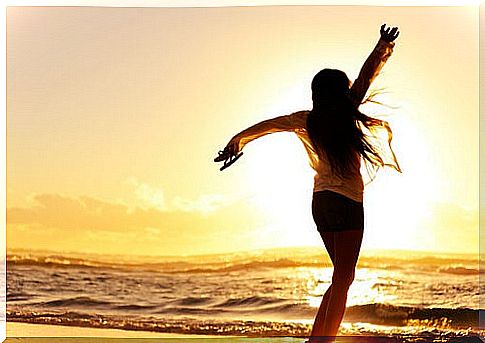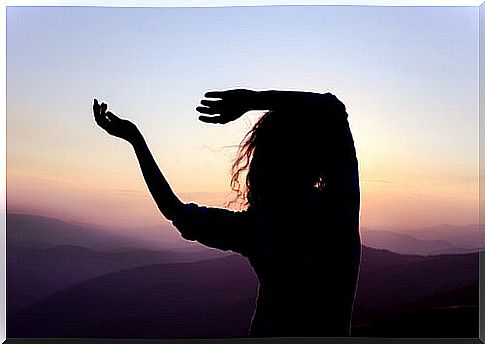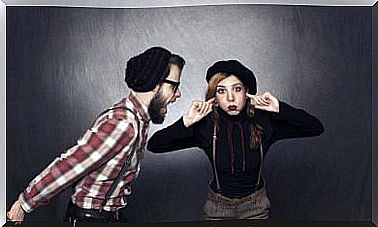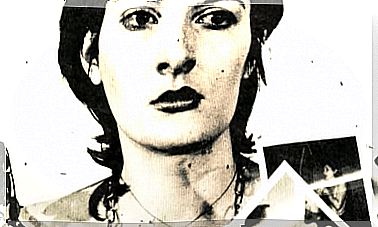Dance: The Language Of The Body

Life is movement, from the life cycle of nature to the tides of the sea. Moving connects our relationship with life. When we move (act), we create a bridge between what happens inside and what we show the world, shaping a dance that reveals more about ourselves than we think.
Dance rituals have formed the nucleus where community life is centered for thousands of people since ancient times. Dance has marked the main life experiences, life cycles, rites of passage and even acts of war.
Let’s think that during the 20th century, the concepts of movement and dance have developed as a specialty in the field of psychology and neuroscience is providing a lot of data on how the brain and dance are related. When a person dances, various psychological entities emerge: his life script, the way he connects with the world and even his main problem areas.

Dance is a means of reconnecting mind and body
Expressing yourself through dance is beneficial for the mind and for the body. The mere fact of dancing produces endorphins, which in addition to making us feel good, help concentration and improve the quality of sleep. They bring energy to face mental and emotional challenges.
Therapeutic supplements that are based on dance are part of transpersonal psychotherapy. A discipline of psychology that emerged from humanistic psychology focused on the body-mind-emotion connection. Despite not being recognized by many as a valid current within what we could call scientific psychology, it is widely used within the framework of therapy as a complement that enhances its effects.
Some schools of thought would add that dance shows the content of the unconscious: forces that motivate many of our impulses. On the other hand, the content of this unconscious would also pour into our internal dialogue, either for better or for worse.
The neuroscience of dance
The latest studies in neuroscience in relation to dance are helping us understand why we dance and how dance can influence our Nervous System. Thus, one of the main conclusions of the research carried out by Dr. Hanna Poikonen, at the University of Helsinki on the synchronization of dancers, is that expert dancers present a very significant theta wave synchronization. These brain waves are in turn linked to the timing of deep brain areas.
From previous studies we know that transcranial magnetic stimulation on the cerebellar vermis (which connects the left and right hemispheres of the cerebellum) also increases theta wave synchronization.
What is “dance therapy”?
Dance or movement therapy is the psychotherapeutic use of dance and movement in support of the intellectual, emotional, and motor functions of the body. It is a form of expressive therapy that works on the association between movement and emotion.
In this way, the therapist uses dance to help his client achieve cognitive, emotional, physical and even social integration. The proven benefits are many. Reducing stress, better managing moods or improving self-esteem are some of them.
Dance therapy is different from regular dance
Dance performed in therapy is much more than just an exercise. The movements and fluency are interpreted as a language. The movements communicate feelings and the therapist evaluates body language, emotional expressions, and non-verbal behaviors in general.
Some of the interventions in dance therapy include pairing the dance with someone else and echoing someone else’s movements in a mirror way. Movement metaphors are also used to express a challenge or achievement.
During the dance therapy process there are important skills that can be developed. Confidence in the ability to be empathetically present or the ability to provide answers in an authentic and sincere way.

Speak through the body
Our feelings and life experiences live inside our body and may have been trapped in it. The body may hold the keys to unlocking emotional knots at deep levels. We can understand it as a process that speaks through the body, which is very different from speaking only through the head.
You do not have to be a professional dancer to benefit from these types of therapies, in fact they have not been designed with them in mind. In short, dance has been revealed to us as a form of expression of emotions and sensations that do not find a space for expression in other versions or places.









